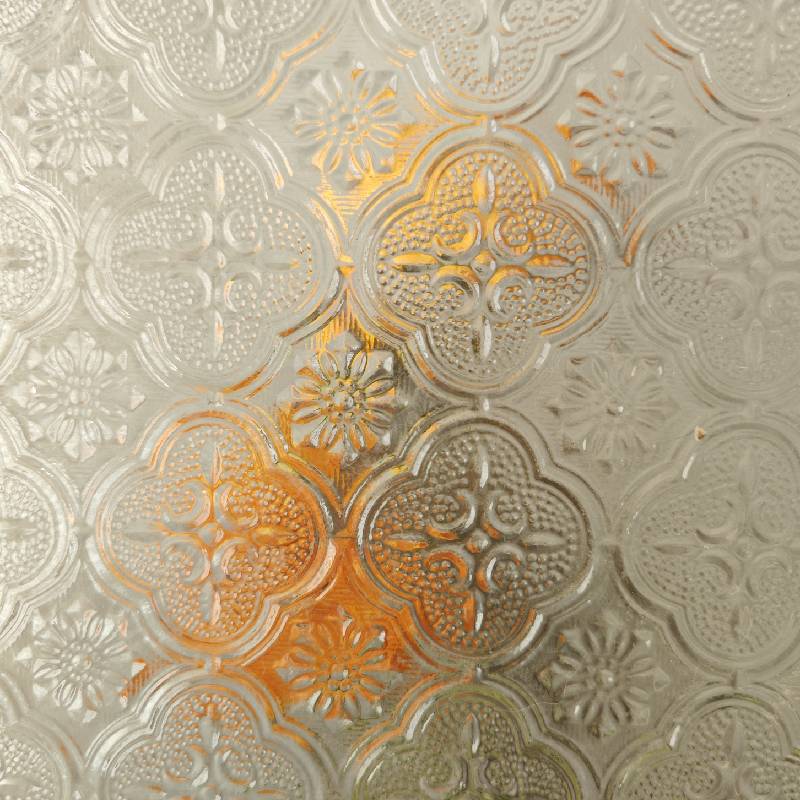Low E glass, short for low emissivity glass, is a type of glass that has a thin coating of metal oxide on its surface. This coating helps to minimize the amount of ultraviolet and infrared light that can pass through the glass while still allowing visible light to enter. This can help to reduce heat loss in the winter and heat gain in the summer, leading to a more energy-efficient building.
One of the key benefits of low E glass is its ability to improve the energy efficiency of a building. By reducing the amount of heat that can pass through the glass, buildings can require less energy for heating and cooling. This can lead to lower energy bills and a reduced impact on the environment. In addition, the reduced heat loss and gain can help to create a more comfortable indoor environment for building occupants.
Low E glass can also help to protect furnishings and artwork from fading due to exposure to ultraviolet light.
The coating on low E glass can block up to 99% of these harmful rays, helping to preserve the colors and integrity of materials inside a building. This can be especially important in spaces with valuable or sensitive items that could be damaged by prolonged exposure to sunlight
 low e glass meter
low e glass meter.
Another benefit of low E glass is its ability to reduce condensation on windows. By lowering the temperature difference between the inside and outside of the glass, low E glass can help to prevent moisture from collecting on windows and causing issues such as mold growth or damage to window frames. This can help to improve indoor air quality and reduce the need for frequent window cleaning.
In addition to these practical benefits, low E glass can also enhance the aesthetics of a building. The coating on the glass can give it a slightly tinted appearance, which can help to create a more modern and sleek look. This can be especially desirable for buildings with large windows or glass facades, as it can help to give them a more polished and sophisticated appearance.
Overall, low E glass is a versatile and beneficial option for improving the performance and appearance of buildings. Whether you are looking to reduce energy costs, protect your belongings, or enhance the look of your space, low E glass can offer a solution that meets your needs. With its energy-saving properties, UV blocking capabilities, and condensation-reducing effects, low E glass is a smart choice for any building project.


